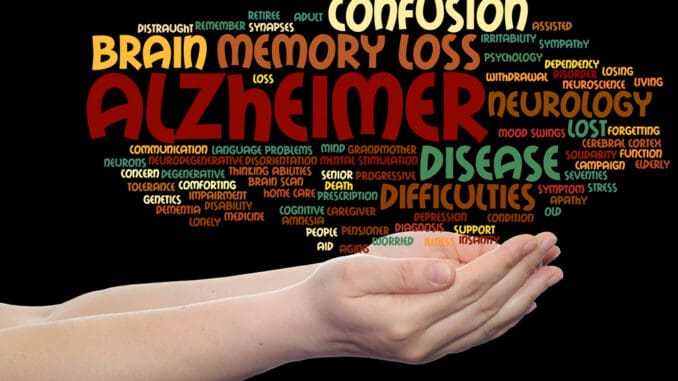
Alzheimer’s disease is commonly divided into three main stages: early (mild), middle (moderate), and late (severe). However, some experts and organizations describe the progression of Alzheimer’s disease in more detailed stages, typically five to seven stages. Here is a more detailed breakdown:
Three-Stage Model
-
1. Early Stage (Mild)
Symptoms:
- Memory loss, particularly recent events and new information
- Difficulty with problem-solving and complex tasks
- Trouble organizing and planning
- Changes in mood, such as increased anxiety, depression, or irritability
- Difficulty with words or names
- Getting lost in familiar places
Functioning:
- Individuals can generally still work and drive, but may need reminders or notes
- Daily activities are still manageable but may require more effort and time
2. Middle Stage (Moderate)
Symptoms:
- Increased memory loss and confusion
- Difficulty recognizing family and friends
- Greater difficulty with language, reading, writing, and working with numbers
- Repetitive statements or movements
- Wandering or getting lost
- Hallucinations, delusions, or paranoia
- Inability to learn new things
- Increased need for assistance with daily activities, such as dressing and bathing
Functioning:
- Individuals need more supervision and support
- Behavioral changes become more pronounced, and caregivers may need to provide constant supervision
3. Late Stage (Severe)
Symptoms:
- Severe memory loss, including long-term memories
- Inability to recognize even close family members
- Loss of ability to communicate coherently
- Significant personality changes
- Inability to perform daily activities independently
- Loss of physical abilities, such as walking, sitting, and eventually swallowing
Functioning:
- Individuals are entirely dependent on caregivers
- Full-time care is typically required, either at home or in a specialized facility
- Focus is on comfort and quality of life
Seven-Stage Model
- Stage 1: No Impairment
- No symptoms of dementia are evident.
- Stage 2: Very Mild Cognitive Decline
- Minor memory problems, such as forgetting familiar words or the location of everyday objects.
- Symptoms are not noticeable to others and may be considered normal age-related changes.
- Stage 3: Mild Cognitive Decline (Early Stage)
- Noticeable difficulties with word-finding, planning, and organizing.
- Trouble remembering names when introduced to new people.
- Losing or misplacing valuable objects.
- Performance issues noticeable to friends, family, or coworkers.
- Stage 4: Moderate Cognitive Decline (Mild or Early Stage)
- Forgetfulness of recent events.
- Difficulty performing complex tasks, such as planning a dinner or managing finances.
- Greater difficulty with math and problem-solving.
- Forgetting personal history.
- Stage 5: Moderately Severe Cognitive Decline (Moderate Stage)
- Major gaps in memory and cognitive function.
- Need help with daily activities, such as choosing proper clothing.
- Significant confusion about time and place.
- Difficulty recalling important details such as their own address or phone number.
- Stage 6: Severe Cognitive Decline (Moderately Severe or Mid-Stage)
- Memory continues to worsen.
- Personality changes may occur, including delusions, compulsions, or repetitive behaviors.
- Need extensive help with daily activities, such as dressing and bathing.
- Loss of awareness of recent experiences and surroundings.
- Increased risk of wandering and becoming lost.
- Stage 7: Very Severe Cognitive Decline (Severe or Late Stage)
- Loss of ability to respond to their environment.
- Inability to carry on a conversation.
- Loss of control over movements.
- Need help with all daily activities, including eating and using the bathroom.
- May lose ability to walk, sit, and eventually swallow.
This seven-stage model provides a more granular view of the progression of Alzheimer’s disease, helping to understand and manage the different phases more effectively.
